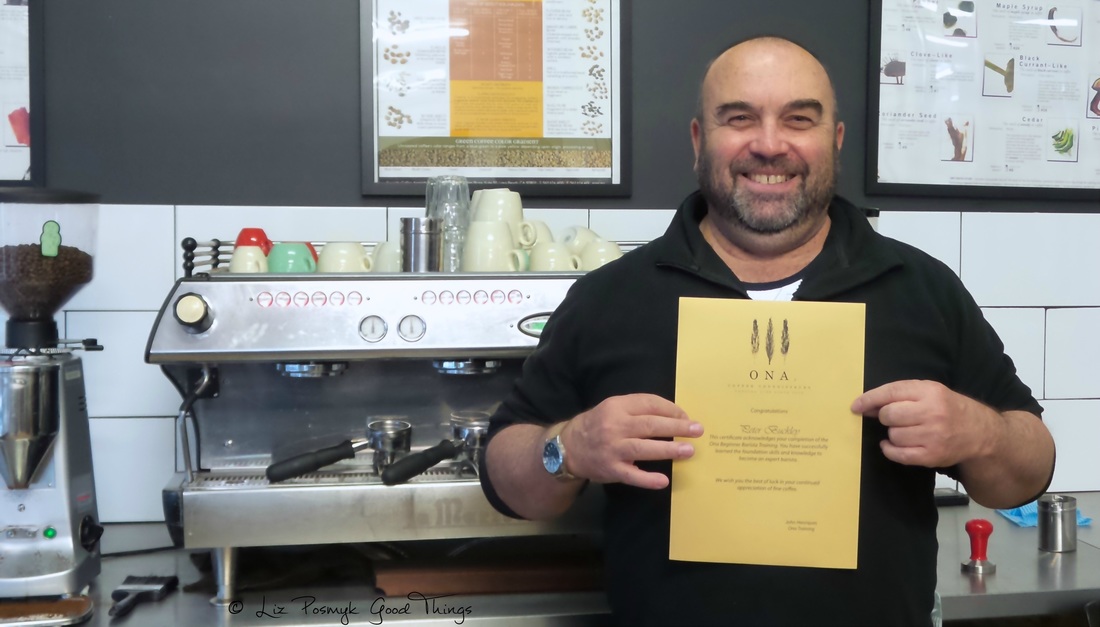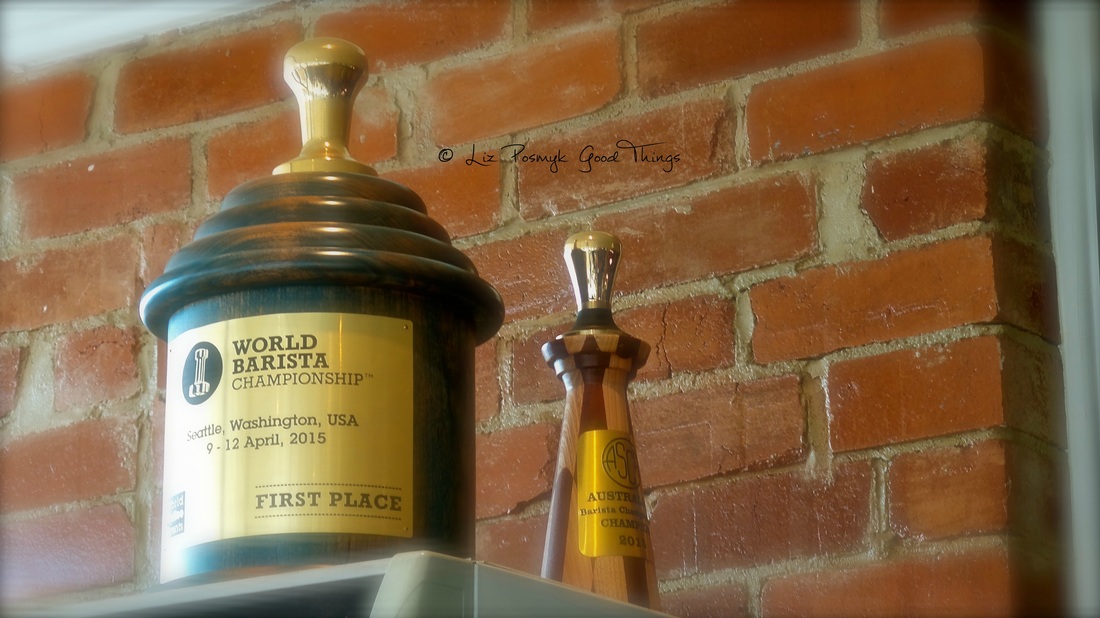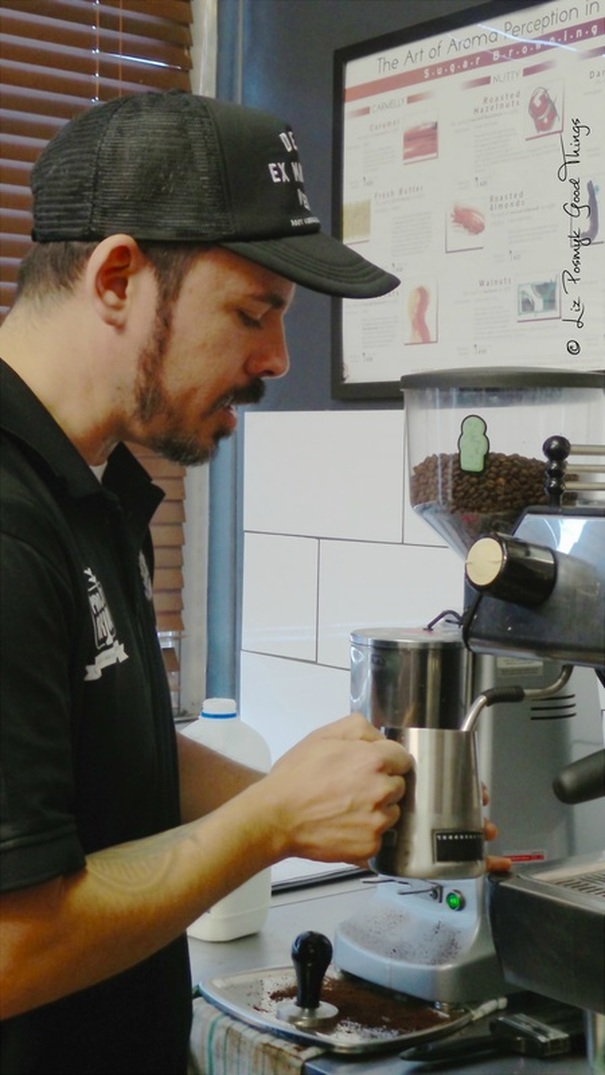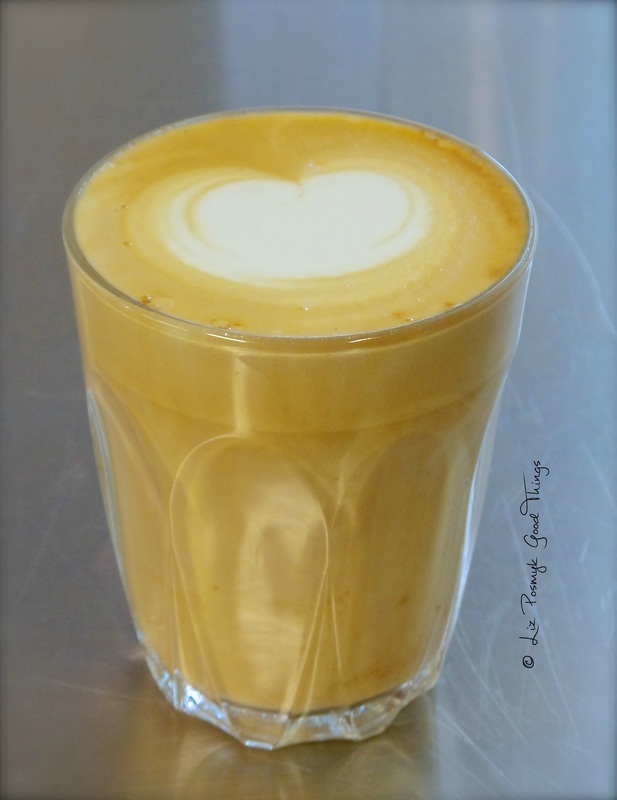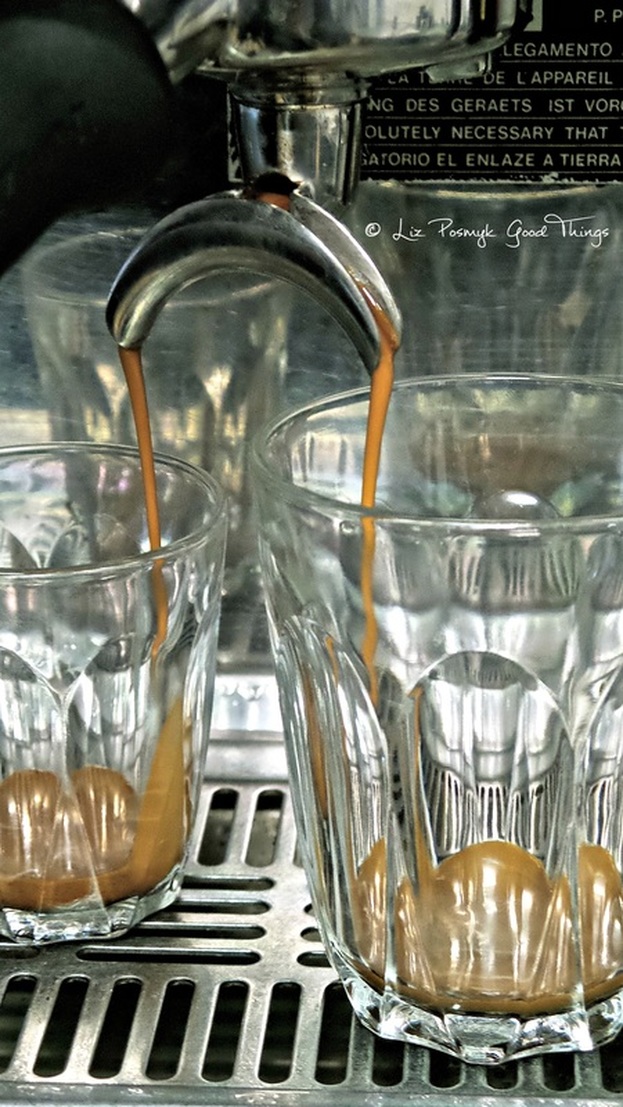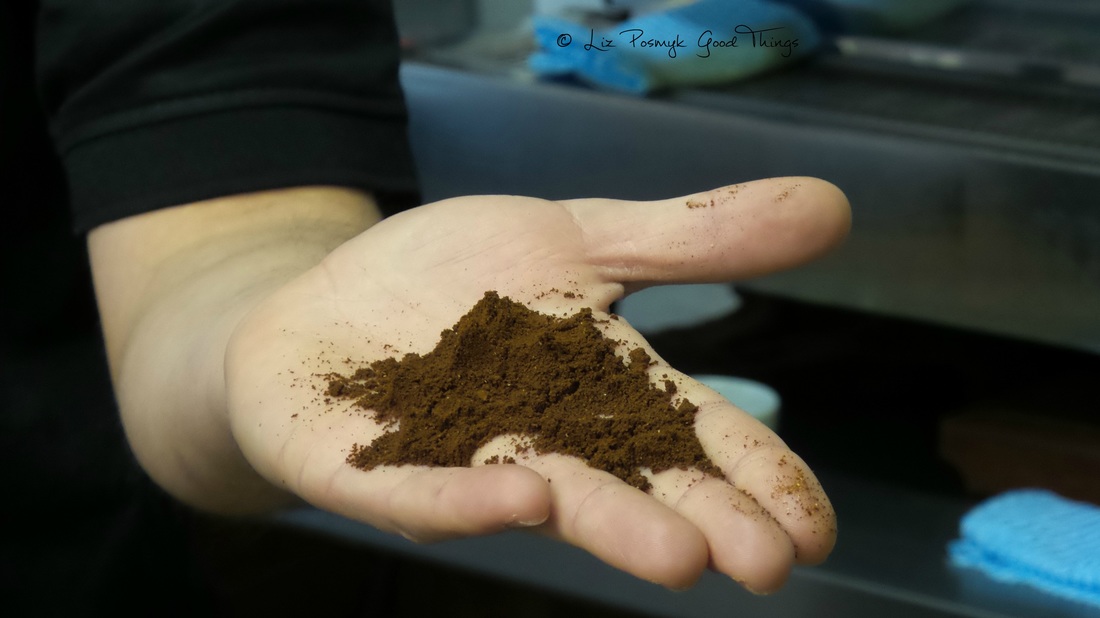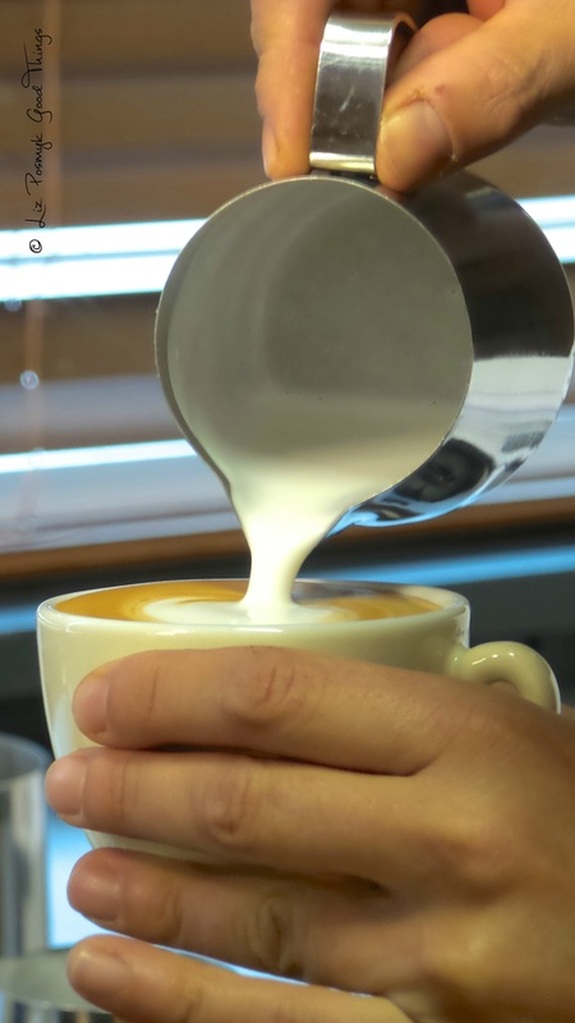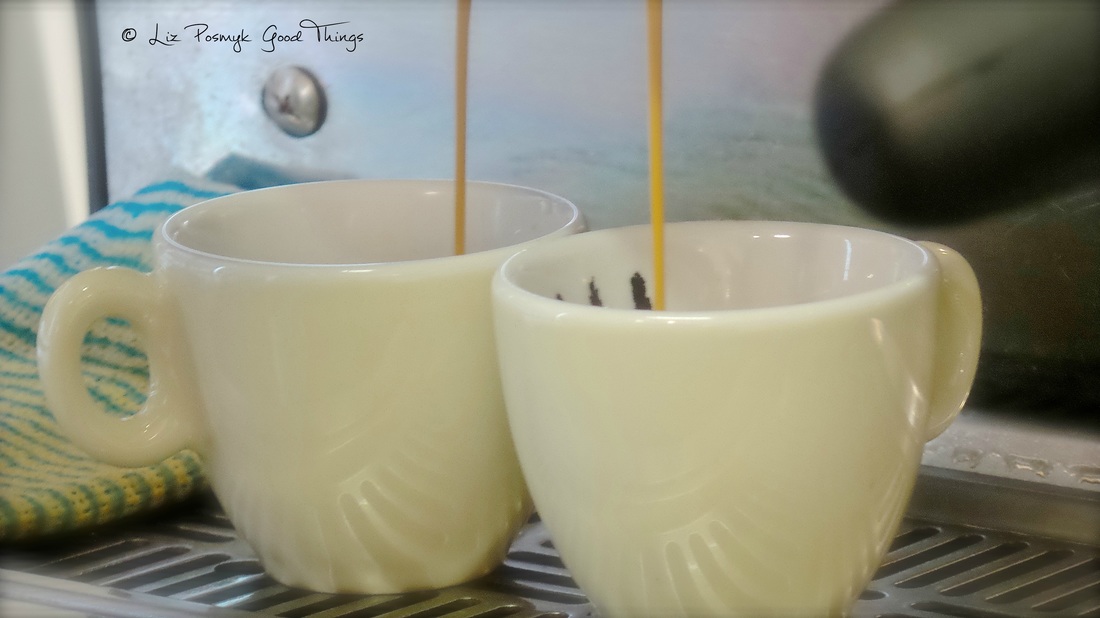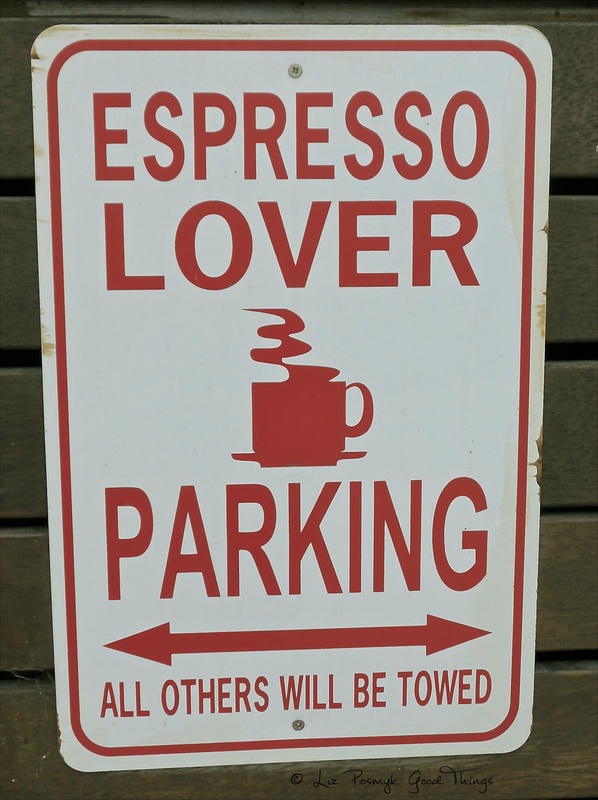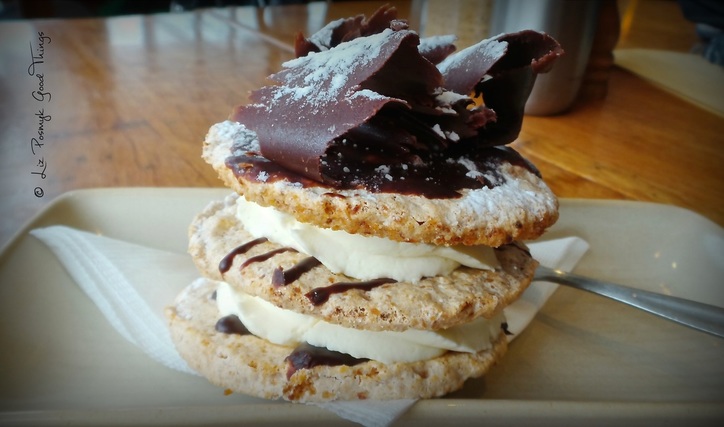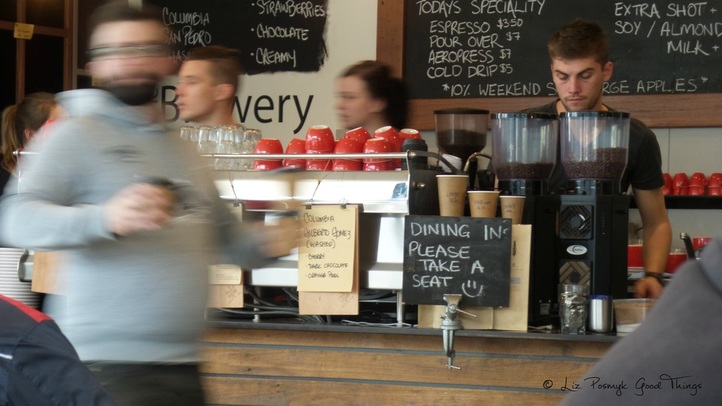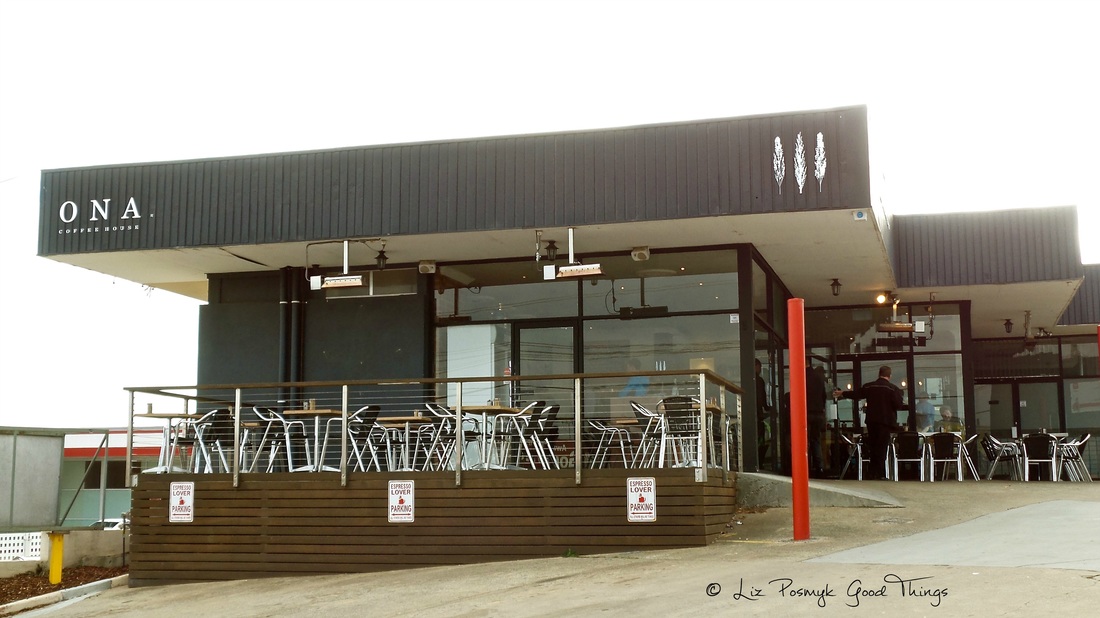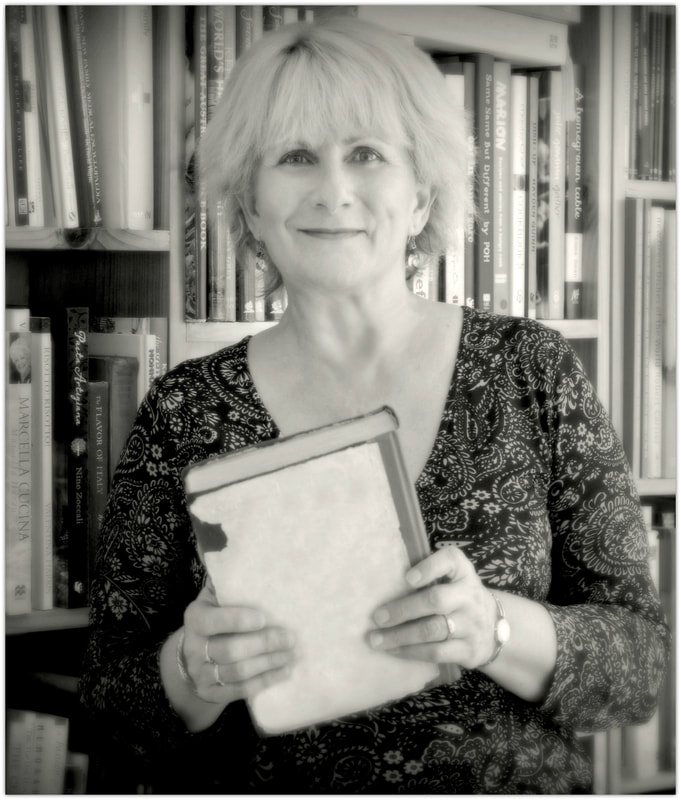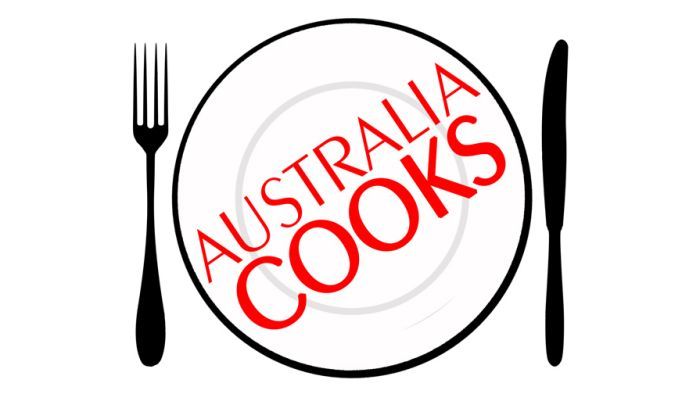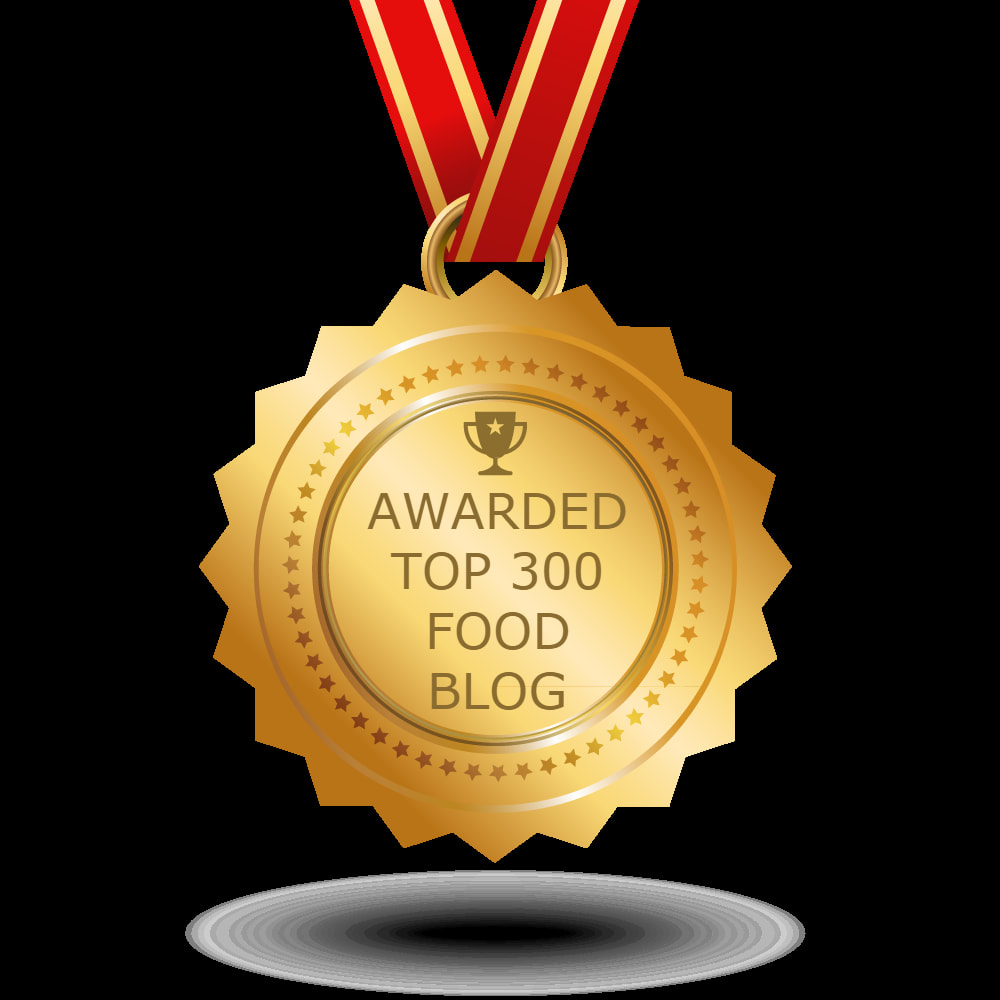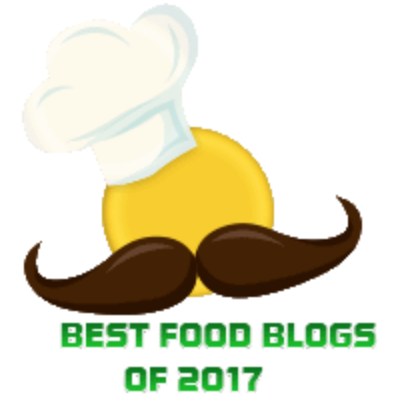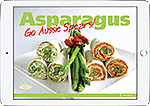As we nudged our way towards retirement a year ago, Peter and I made a bucket list of the things that we had wanted to do for a long, long time. Both coffee aficionados (him: espresso, her: double shot macchiato), we were keen to learn more about being a home barista. As it happens, Ona Coffee House roastery and cafe here in Canberra offers barista training (beginners, advanced and latte art), and we've had our eye on their events calendar for a while. So, when the man who has just about everything has a birthday, what better gift could there be?
Coincidentally, in April, Sasa Sestic, barista and founder/director of Ona Coffee, was named 2015 World Barista Champion at the 16th Annual World Barista Championship held in Seattle. Sestic took out the title at the premiere international coffee competition that focuses on promoting excellence in coffee, and he beat barista representatives from the USA, Canada, Hong Kong, United Kingdom and France. Apparently, his secret weapon was a dash of Clonakilla shiraz viognier! Accolades of this ilk auger very well methinks, and we were even keener to book in for barista training, knowing we would be in good hands. If not with Sasa, then perhaps with an understudy.
Postcards and morsels from the Barista Course...
Our teacher was John, knowledgeable barista from Ona Coffee House. 'With coffee, there is a long journey from the farm to the cup, and everything changes as we roast the beans,' he began. John explained the difference between Arabica and Robusta -- Arabica with longer ripening and better quality. 'Robusta is low quality and does not give us the profile we are looking for,' he said. We learned about the natural process and washed process for coffee beans. Apparently when the beans have been washed, as opposed to air dried, it 'gives more fruit in the bean and more clarity in the cup'.
'When roasting, the temperature is controlled and the beans are in the roaster for no more than ten minutes. At nine minutes we find we get the sweetest coffee!' John advised. The grind size is also most important and a barista must find the perfect consistency. A coarser grind makes a very quick shot and does not produce as flavourful a coffee. While too fine a grind, like sand, results in a very slow shot, or coffee that is 'really strong and not pleasant.' And tamping is very important too, although tamping harder or softer will not affect the speed of the pour, we are told. We are then shown how to grind, how to tamp and how to fill the basket to produce the perfect coffee.
First we make a ristretto, which consists of a 15ml shot that runs for 5-10 seconds. It has a very strong flavour and, being the 'first part of the coffee' has the acid from the bean. Then we are shown how to make a short black. This is a 20ml shot, there is more water, more coffee. It is more balanced, smoother and more mellow. Then we move on to the long black, or double espresso with 40ml shot. Next, we learn how to be the 'Master of the Milk'.
'There must be some form of resistance and viscosity to the shot at the beginning of the pour,' John tells us. 'There should be a syrupy resistance, and the shot looks a bit like mouse tails.'
'Milk is one of the most difficult parts,' says John. 'You need to learn how to stretch the milk correctly, get the texture right and then practice, practice, practice.' We learn that milk that has been heated too much will break down sweetness and make the milk or coffee drink taste chalky and dry. The milk should be 60-65 degrees. John shows us how to swirl the milk in the jug to check that it is not too thick or thin. 'It should make a lap and 1/2 around jug and stop, if it continues spinning in the jug when we stop swirling, then the milk is too thin; and if it stops immediately it is too thin,' he notes. Use a large jug to stretch the milk, then pour half into a smaller jug, we are advised. Bang the jug on the bench to remove any surface bubbles and swirl the milk. The milk will settle, so swirling the milk before pouring is important.
We are taught the difference between a flat white and a cappuccino. Of course, the latter is creamier, has foam and chocolate on top. The macchiato (my kedvenc), is served in a little glass and is stained with a couple of teaspoons of foam on top of the coffee. Whereas a latte is served in a taller glass and has milk foam from about the top third above the pattern or lines on the glass.
And finally, before we are presented with our Barista certificates, we learn that it is important to clean the basket and back flush the espresso machine at least once a day. The milk frothing wand, too, must be kept meticulously clean. 'Remember, a dirty machine means dirty tasting coffee,' John concludes.
Back in the busy cafe...
We've tasted a variety of coffee types during the course, but feel it is only fitting that we sample one of the cakes, yes? This one (and others like it sampled around the countryside recently) inspired my recipe for chocolate hazelnut dacquoise.
Ona Coffee House roastery and cafe is at 68 Wollongong Street, Fyshwick in the Australian Capital Territory. It is open weekdays from 7am-4pm and on weekends from 8am-3pm. The kitchen closes at 2.30pm daily. Barista training offered includes 'Beginner' and 'Advanced' classes, as well as 'Latte Art'. The cost is $120 per person. Ona Coffee also has Ona on The Lawns in Manuka, and distributes coffee through numerous coffee shops in Canberra - including its baby brother Project Origin.
The Good Things team attended Barista Training at Ona Coffee House on our own steam at our own expense. This is not a sponsored post and opinions expressed are entirely our own.
11 Comments
11/7/2015 03:12:58 am
Sounds like a fabulous course, Liz.
Reply
11/7/2015 04:09:43 pm
What a great post Lizzy and a great thing for you and Peter to now have off the bucket list! I can't wait to see what else is on it! Chef Georgio is a barista and I get spoiled that he delivers my coffee to the computer every day! What can I say? :)
Reply
12/7/2015 08:31:05 pm
I so want to learn latte art which I can practice at home with Dave's machine :)
Reply
13/7/2015 04:19:31 pm
When I was growing up coffee was out of a jar of Nescafe. We have come a long way in a short time! What a good idea to have a written down list of everything you'd like to do together xx
Reply
14/7/2015 12:47:27 am
What a fantastic thing to do together, Liz. :-) I would just love an experience like this. :-)
Reply
19/7/2015 04:24:01 pm
Oh I remember the weekend you guys did this coffee class. Such fun! :) We got a new coffee machine & bean at work, gotta say, not at all enjoying. Left this post open for the F&B manager to see, fingers crossed we can go back to a decent blend. :)
Reply
Lizzy
27/7/2015 03:52:56 am
Thanks all for your kind words. XX
Reply
Your comment will be posted after it is approved.
Leave a Reply. |
Welcome...Üdvözölöm
Cooking and writing have been a lifelong passion. Join me as I share with you my favourite recipes; postcards and morsels from my travels; conversations with cookery writers and chefs; and news on food, cookbooks and cooking. - Liz Posmyk
All
NB: I use Australian standard measuring cups and spoons in my recipes.
|
